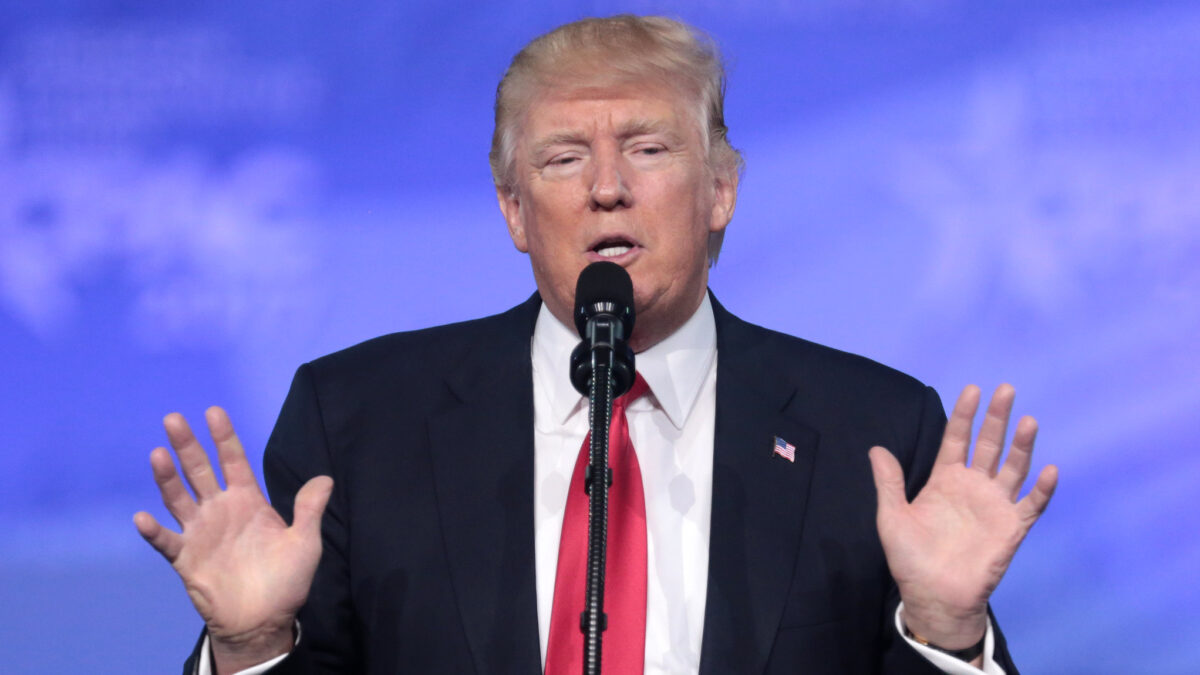The New York Times began an editorial arguing that the Supreme Court should codify a new definition of marriage:
For the second time in three terms, the Supreme Court has agreed to consider the constitutionality of same-sex marriage. The last time around, the justices declined to take up the broad question. This time, there is every reason for them to follow the logic of their own rulings over the past 12 years and end the debate once and for all.
Ah, yes, the old New York Times editorial board “this could totally end debate for once and for all” trick. Such assertions without any supporting argument are standard for the paper, but the team seems to have a particular knack for making these lazy, drama-filled statements at the worst times.
The day after Roe v. Wade was handed down, for instance, the editorial board had this to say (and leave aside that they were shockingly ill-informed for a national newspaper about how drastic the decision was):
The Supreme Court has made a major contribution to the preservation of individual liberties and of free decision-making by its invalidation of state laws inhibiting a woman’s right to obtain an abortion in its first three months of pregnancy. The Courts seven-to-two ruling could bring to an end the emotional and divisive public argument over what always should have been an intensely private and personal matter. It will end the argument if those who are now inveighing against the decision as a threat to civilization’s survival will pause long enough to recognize the limits of what the Court has done…
It is almost funny that the New York Times thought Roe v. Wade, easily one of the worst Supreme Court decisions in its history even if it had nothing to do with dehumanizing an entire class for the purpose of ending their lives, would possibly “end the argument” over abortion.
I’m sure the editorial board wouldn’t have said, “Issue’s totally settled, I guess!” if Roe v. Wade had ruled abortion unconstitutional. Why would they think it would operate the other way? This week marks the anniversary of that decision and we’ve seen 42 years of massive public protests.
In “Abuse of Discretion,” Clark Forsythe’s comprehensive look at how Roe v. Wade came to be, he notes that advocates of legalized abortion polled a very general question about whether abortion “should be between a woman and her physician.” Four months before the first arguments in Roe v. Wade were made, such a question got 64 percent affirming it in a Gallup poll, perhaps because the wording was so vague. (This is a bit of an aside, but Forsythe notes that abortion is almost never between a woman and her physician. Fewer than 5 percent of abortions are performed by a woman’s regular OB-GYN and almost all are performed by a stranger.)
You’d have to be living in a New York Times bubble to think that Roe v. Wade was either a limited decision or would end debate. In many ways, that decision is what led to many more people thinking deeply about abortion for the first time. And when they did begin thinking deeply about the topic, it frequently benefited the pro-life movement.
In another abortion decision years later, some justices signed onto some serious wishful thinking about court decisions settling the question of whether there is a right to kill an unborn child. Scalia’s dissent in Casey speaks to this and offers yet another example when the court thought it was settling another contentious issue (and that one’s a doozie):
There comes vividly to mind a portrait by Emanuel Leutze that hangs in the Harvard Law School: Roger Brooke Taney, painted in 1859, the 82d year of his life, the 24th of his Chief Justiceship, the second after his opinion in Dred Scott. He is all in black, sitting in a shadowed red armchair, left hand resting upon a pad of paper in his lap, right hand hanging limply, almost lifelessly, beside the inner arm of the chair. He sits facing the viewer, and staring straight out. There seems to be on his face, and in his deep-set eyes, an expression of profound sadness and disillusionment. Perhaps he always looked that way, even when dwelling upon the happiest of thoughts. But those of us who know how the lustre of his great Chief Justiceship came to be eclipsed by Dred Scott cannot help believing that he had that case–its already apparent consequences for the Court, and its soon-to-be-played-out consequences for the Nation–burning on his mind. I expect that two years earlier he, too, had thought himself “call[ing] the contending sides of national controversy to end their national division by accepting a common mandate rooted in the Constitution.” It is no more realistic for us in this case, than it was for him in that, to think that an issue of the sort they both involved–an issue involving life and death, freedom and subjugation–can be “speedily and finally settled” by the Supreme Court, as President James Buchanan in his inaugural address said the issue of slavery in the territories would be. See Inaugural Addresses of the Presidents of the United States, S. Doc. No. 101-10, p. 126 (1989). Quite to the contrary, by foreclosing all democratic outlet for the deep passions this issue arouses, by banishing the issue from the political forum that gives all participants, even the losers, the satisfaction of a fair hearing and an honest fight, by continuing the imposition of a rigid national rule instead of allowing for regional differences, the Court merely prolongs and intensifies the anguish.
I’ll give the New York Times this much: Whatever the Supreme Court decides on same-sex marriage, I bet it will end the debate at least as much as Dred Scott ended the debate about slavery, Roe ended the debate about abortion, and Casey ended the debate about abortion.
But hoo boy is it going to be a surprise to the New York Times and its readers when they learn that there is a fundamental conflict between Americans about what marriage is, how it’s defined, what its limits are, and what its aims are. And we haven’t even gotten to the part where people start thinking deeply about the issue.









